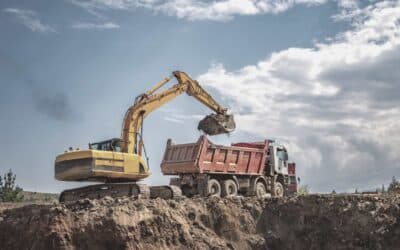When Evenflo tested its “Big Kid” car booster seat for side impacts, its own tests found that children — especially those under 40 pounds — could be in grave danger. When exposed to a simulated T-bone collision, the child-size test dummies were thrown far out of their shoulder belts. If they had been real kids, they would have suffered catastrophic head, neck and spinal cord trauma or perhaps died.
Yet Evenflo gave the booster seat passing grades. It advertised on its website, according to ProPublica, that the seats were rigorously tested for side-impacts. In reality, the only way to fail the test was for the dummy to end up broken on the floor.
In fact, an internal engineer pointed out that both the Canadian government and the American Academy of Pediatrics recommended that kids under 40 pounds remain in a safety harness instead of moving on to a booster seat. He urged the company to stop making booster seats for kids under 40 pounds.
A marketing executive was allowed to overrule his plea.
A regulatory loophole
ProPublica points out that there is a loophole in car seat regulation. The National Highway Traffic Safety Administration (NHTSA) is required to regulate the seats in an effort to reduce head injuries in side-impact collisions. However, it never got around to enacting standards for side-impact tests. Instead, child car seats are only required to pass a test simulating a head-on collision.
That allowed Evenflo to make up its own side-impact tests and the standards for passing them. Indeed, Evenflo isn’t lying when it says that the Big Kid booster seat complies with all federal regulations. NHTSA continues to allow the sale of booster seats for kids weighing only 30 pounds.
An unjust criticism?
ProPublica asked Evenflo to respond to allegations that the Big Kid booster seat is not safe for kids under 40 pounds. It pointed out that NHTSA has not raised the minimum weight for booster seats to 40 pounds. It argued that the criticisms leveled at Evenflo are applicable to many other companies’ booster seats.
“Your article therefore seeks to condemn an entire category of car seats successfully used by millions of consumers and which helped save thousands of lives in a myriad of crash scenarios,” said a spokesperson.
Yet Evenflo was put on notice about the problem years ago when two other children under 40 pounds were severely injured in the Big Kid booster seat. One suffered an internal decapitation, in which the spinal cord is severed at the neck due to trauma. The other suffered a traumatic brain injury.
Evenflo blames the drivers, not the booster seat, but it settled the cases.
Marketing, not safety concerns, led the way at Evenflo
According to ProPublica, Evenflo didn’t appear to be focused as much on safety as on market share when it introduced the Big Kid booster seat. In fact, it felt confident about undercutting other manufacturers on price because all the seats have to go through the same NHTSA front-impact tests. Therefore, the company concluded that moms would buy based on price and aesthetics rather than safety concerns.
And, it marketed the Big Kid booster seat for kids 30 pounds and over, no matter their age or height. Even one-year-olds were considered appropriate for the booster seat.
Today, Evenflo says that the Big Kid should not be used for children younger than 3 or shorter than 38 inches. But it was never forced to recall seats that advertised that smaller kids were safe in the booster seat.
We recommend reading ProPublica’s entire article, which includes videos of how poorly the Big Kid booster seat performed in side-impact tests. In the meantime, if your child is under 40 pounds you should not use a booster seat. If your child has been injured in a booster seat, contact an attorney who handles product liability law.




